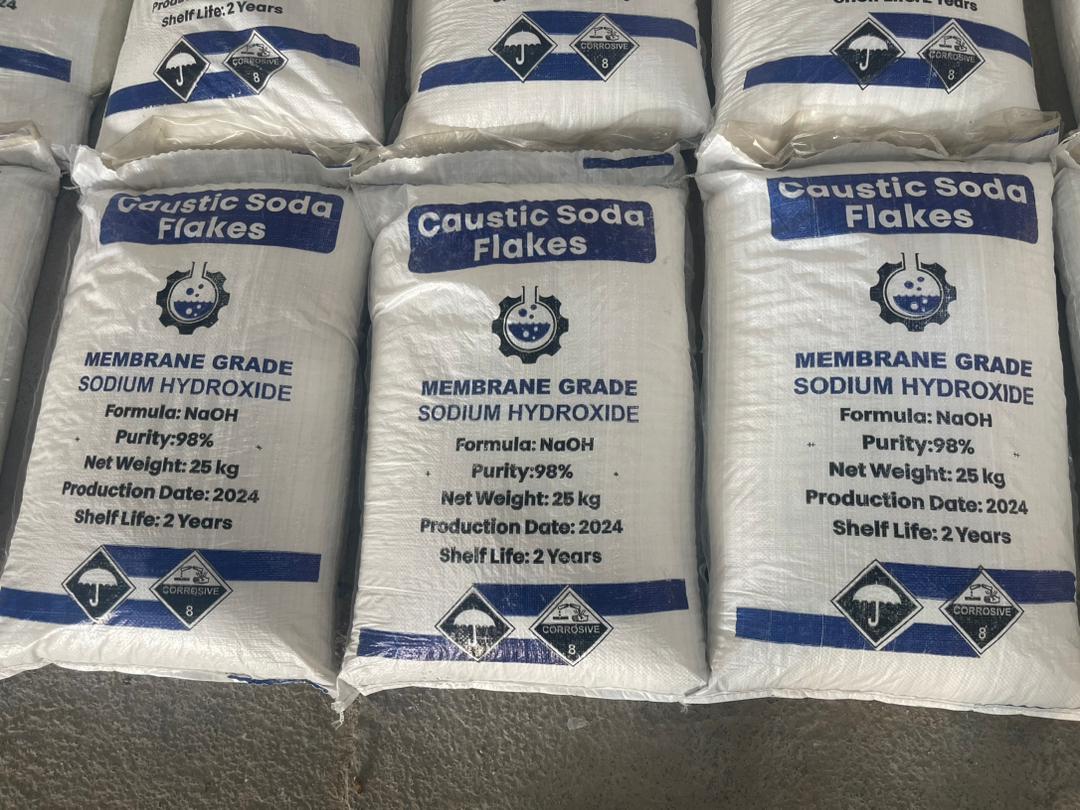
Caustic soda, chemically known as sodium hydroxide (NaOH), is a highly reactive and versatile compound that plays a pivotal role in various industrial processes. Its strong alkaline properties make it indispensable across multiple sectors, including pulp and paper manufacturing, textiles, food processing, water treatment, and chemical production. In the pulp and paper industry, caustic soda is used to break down wood chips into cellulose fibers, which are essential for producing paper products. In textile manufacturing, it facilitates the dyeing process by helping to set colors and improve fabric quality. Additionally, in the food industry, caustic soda serves as an important ingredient in food processing and preservation.
The significance of understanding pricing fluctuations for caustic soda cannot be overstated. As a commodity heavily influenced by global market dynamics, its price can vary dramatically due to several factors. For businesses reliant on caustic soda for their operations, these fluctuations can lead to substantial impacts on overall production costs and profitability. A sudden increase in prices can strain budgets and necessitate adjustments in pricing strategies or operational efficiencies.
Several key elements contribute to the volatility of caustic soda prices. Market demand is one of the primary drivers; when industries experience increased activity—such as during economic upturns—the demand for caustic soda rises correspondingly. Conversely, during periods of economic downturns or reduced industrial output, demand may decrease significantly, leading to lower prices.
Additionally, external factors such as transportation costs play a crucial role in pricing dynamics. The logistics involved in sourcing raw materials and distributing finished products can introduce variability based on fuel prices or supply chain disruptions. Geopolitical events also significantly affect the availability of raw materials needed for caustic soda production; political instability in supplier regions can result in shortages or increased costs.
Furthermore, regulatory frameworks surrounding environmental compliance impose additional financial burdens on producers of caustic soda. Adhering to stringent environmental regulations often requires investments in technology and processes that can further influence product pricing.
In summary, comprehending the complexities behind caustic soda pricing is vital for businesses engaged in industries that rely on this chemical compound. By staying informed about market trends and potential influences on price fluctuations—ranging from supply chain challenges to geopolitical uncertainties—companies can better navigate the inherent risks associated with purchasing decisions related to caustic soda. This awareness not only aids businesses in maintaining competitive pricing but also supports strategic planning efforts aimed at sustaining profitability amidst a volatile market landscape.